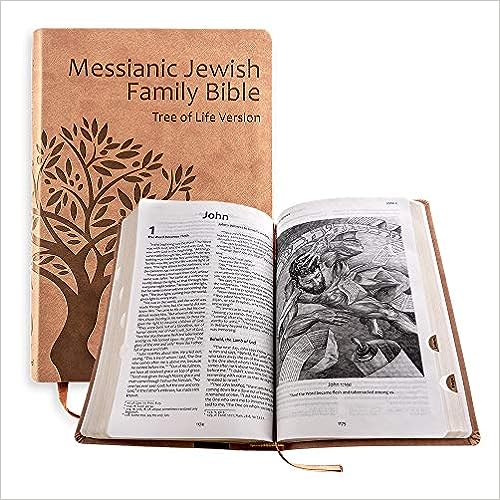|
Weekly Parashah |
|||||
| Torah: Lev. 16:1-18:30
|
Haftara: 1 Sam. 20:18-42 | Brith Chadashah: John 7 : 1 - 52 | |||
| Acharei Mot (After the Death) |
|||||
Scripture: |
Leviticus 16 : 1 – 18 : 30 |
Torah |
|||
|
|
Parashat Acharei Mot16 Then Adonai spoke to Moses after the death of the two sons of Aaron, when they approached the presence of Adonai and died. 2 Adonai said to Moses, “Tell Aaron your brother not to come at just any time into the Holiest Place behind the curtain[a]—before the atonement cover which is on the Ark—so that he would not die. For I will be appearing in the cloud over the atonement cover.[b] Yom Kippur Service3 “In this way should Aaron come into the Sanctuary: with a young bull for a sin offering and a ram for a burnt offering. 4 He is to put on the holy linen garment, have the linen undergarments on his body, put on the linen sash, and wear the linen turban—they are the holy garments. He should bathe his body in water, and put them on. 5 “Then he is to take from the congregation of Bnei-Yisrael two he-goats for a sin offering and one ram for a burnt offering. 6 Then Aaron is to offer the bull for the sin offering which is for himself and make atonement for himself and his house. 7 Then he is take the two goats and present them before Adonai at the entrance of the Tent of Meeting. 8 Aaron will then cast lots for the two goats—one lot for Adonai, and the other lot for the scapegoat. 9 Aaron is to present the goat on which the lot for Adonai fell and make it a sin offering. 10 But the goat upon which the lot for the scapegoat[c] fell is to be presented alive before Adonai, to make atonement upon it,[d] by sending it away as the scapegoat into the wilderness. https://www.biblegateway.com/passage/?search=Leviticus+16%3A1-18%3A30&version=TLV
|
||||
Scripture: |
1 Samuel 11 : 14 – 12 : 22 |
Haftarah |
|||
|
18 Then Jonathan said to him, “Tomorrow is the New Moon. You’ll be missed because your seat will be empty. 19 On the third day, you must go down quickly and come to the place where you hid as you did on that day, and remain close to the stone Ezel. 20 I will shoot three arrows to the side of it, as though I were shooting at a target. 21 Now look, I will send a lad saying, ‘Go, find the arrows.’ If I specifically say to the lad, ‘See, the arrows are on this side of you—get them,’ then come; for it is safe for you and no danger, as Adonai lives. 22 But if I say to the boy: ‘Look, the arrows are beyond you,’ then go your way, for Adonai has released you. 23 But as for the matter which I and you have spoken about, behold, Adonai is between me and you forever.” 24 So David hid himself in the field, and when the New Moon came, the king sat down to eat a meal. 25 So the king sat on his seat—as usual, the seat by the wall—Jonathan stood up and Abner sat down by Saul’s side, but David’s place was empty. 26 Nevertheless, Saul said nothing that day, for he thought, “It must be an accident; he must be ceremonially unclean—yes, that’s it, he’s unclean.” 27 Yet it came to pass on the day following the New Moon, the second day, that David’s place was still empty. So Saul asked his son Jonathan, “Why didn’t Jesse’s son come to the meal yesterday or today?” 28 Jonathan answered Saul, “David earnestly asked leave of me to go to Beth-lehem, 29 as he said, ‘Please let me go, for we are going to have a family feast in the town, and my brother has commanded me. So now, if I have found favor in your eyes, let me go, please, to see my brothers. That’s why he hasn’t come to the king’s table.” https://www.biblegateway.com/passage/?search=1+Sam.+20%3A18%E2%80%9342&version=TLV
|
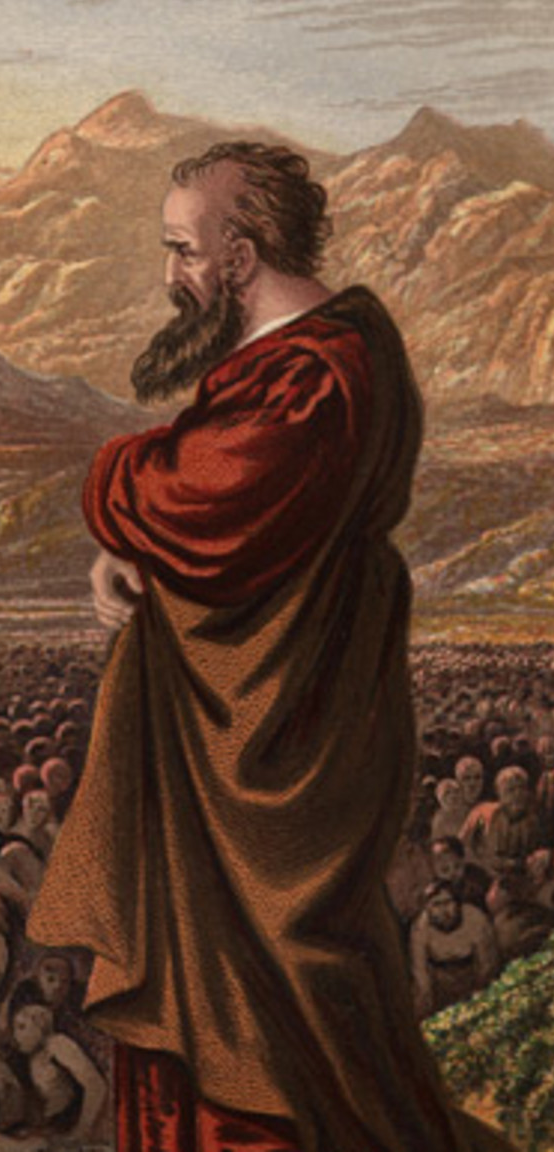 |
||||
Scripture: |
John 7 : 1 – 52 |
Brit Chadashah |
|||
|
|
Anticipating Hostility at Sukkot7 After these events, Yeshua was walking about in the Galilee. He did not want to walk in Judea, because the Judean leaders wanted to kill Him. 2 Now the Jewish Feast of Tabernacles[a] was near. 3 Therefore His brothers said to Him, “Leave here and go to Judea, so Your disciples also may see the works You are doing. 4 No one who wants to be well known does everything in secret. If You are doing these things, show Yourself to the world!” 5 For not even His brothers were trusting in Him. 6 Therefore Yeshua said to them, “My time has not yet come, but your time is always at hand. 7 The world cannot hate you, but it hates Me because I testify that its works are evil. 8 You go on up to the Feast. I’m not going to this feast, because My time hasn’t yet fully come.” 9 After saying these things, He stayed in the Galilee. 10 But after His brothers went to the Feast, He also went, not openly but secretly. 11 Then the Judean leaders were searching for Him at the Feast and kept asking, “Where is that fellow?” https://www.biblegateway.com/passage/?search=Jn.+7%3A1%E2%80%9352&version=TLV |
||||
Parashah in 60 seconds |
|||||
Bible Translations
Bible Translations
I've been asked many times, "Pastor what translation are you using?"
hmm, not that easy to answer, as my first reaction is every bible translation is a politically correct version. hmm, what do you mean with this statement.
If we look for example to the King James Version, it states Authorized Version. Authorized by whom, meaning the the authorizing authority needed to be in agreement and not be offended by the translation. This is stated maybe a little exasurated, and black and white, but further down this article it will make sense, I promise.
A better question is, what kind of translations will you not use?
There is a diverse array of Bible translations available, each with its own unique approach to rendering the ancient texts into modern languages. These translations can generally be categorized into three main types: literal, dynamic equivalence, and paraphrase.






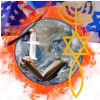

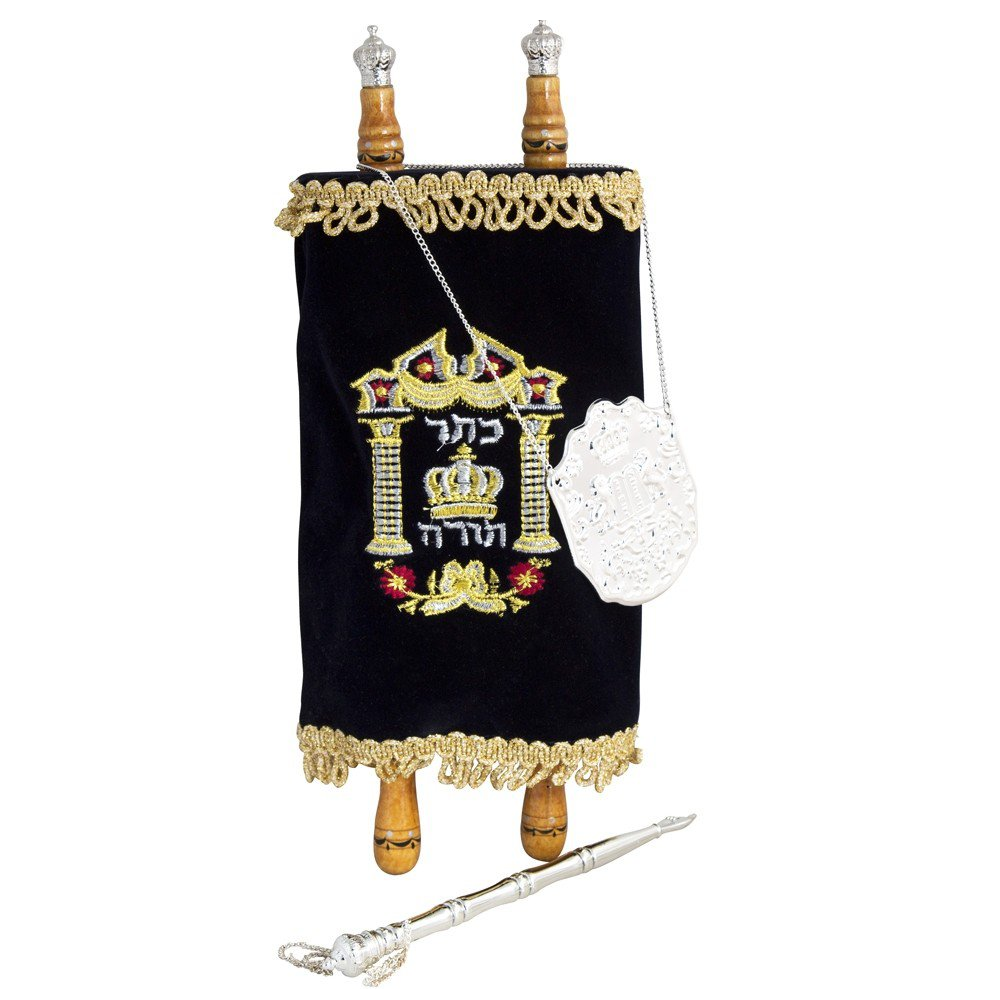
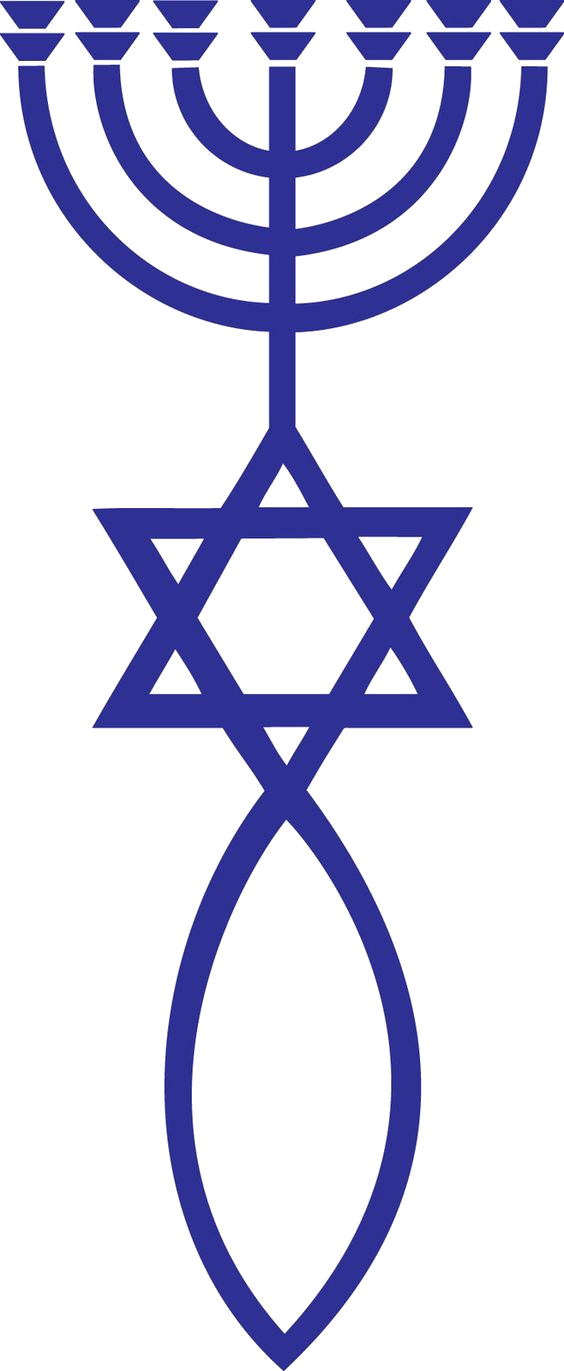
 Literal Translations
Literal Translations